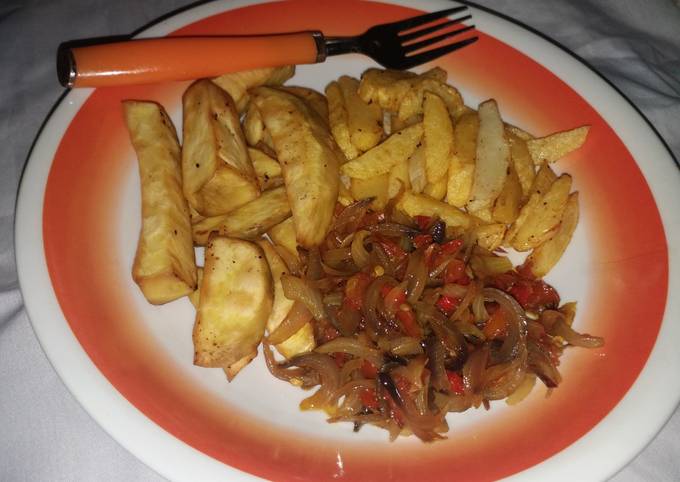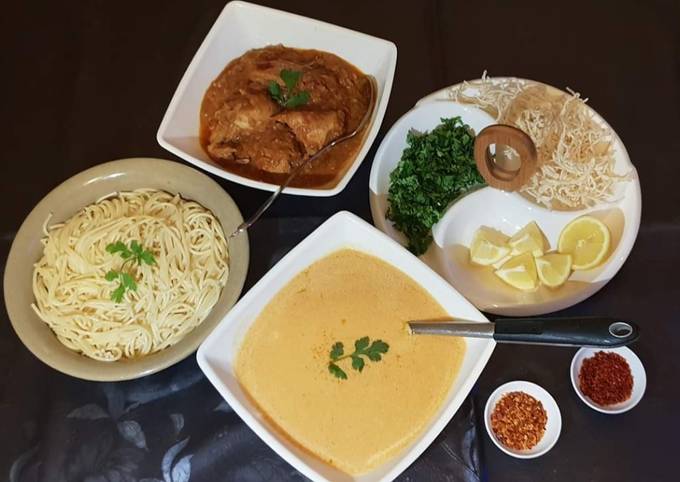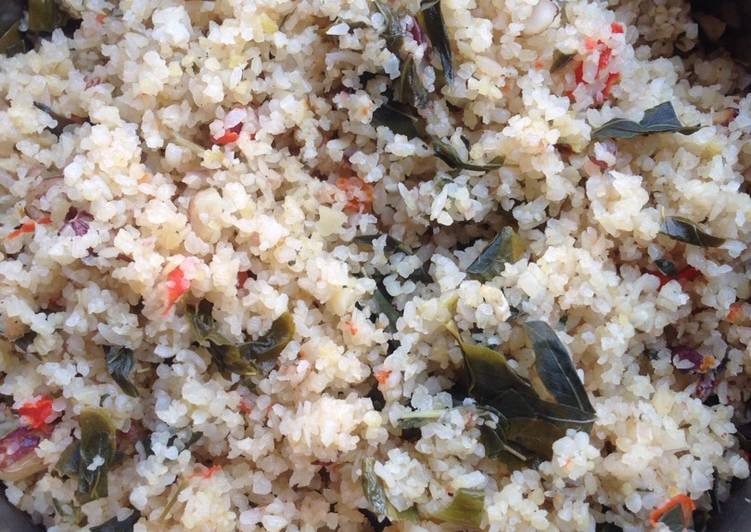
In the French-speaking regions of Cameroon, it is called “ couscous” (not to be confused with the North African dish couscous). Ivorian “ foufou” is specifically sweet mashed plantains, whereas the “foutou” is a stronger, heavier paste made of various staple foods such as yam, cassava, plantains, taro or a mix of any of those.

In Côte d'Ivoire, the word “ foutou” is also used. The ball is then dipped in the soup before being eaten. The traditional method of eating fufu is to pinch some of the fufu off in one's right hand fingers and form it into an easily ingested round ball. Nigeria: fufu, akpụ, ụtara, loi-loi, swallowīefore the Portuguese traders introduced cassava to Africa from Brazil in the 16th century, fufu was mainly made from cocoyam, plantain and yams.Congo-Kinshasa and Congo-Brazzaville: fufú, moteke, luku.

Fufu is traditionally eaten with the fingers, and a small ball of it can be dipped into an accompanying soup or sauce. Families in rural areas with access to farm land still maintain the original recipe of using cassava. In recent years other flours, such as semolina, maize flour, or mashed plantains, may take the place of cassava flour this is common for those in diaspora or families that live in urban cities. In Nigeria, fufu (akpu) is made solely from fermented cassava giving it its unique thickness compared to that found in other west African countries, and eaten with variety of soups with vegetables and lots of beef and fish. Its thickness is then adjusted to personal preference, and it is eaten with broth-like soups. In Ghana, Ivory Coast and Liberia, they use the method of separately mixing and pounding equal portions of boiled cassava with green plantain or cocoyam, or by mixing cassava/plantains or cocoyam flour with water and stirring it on a stove. Īlthough the original food ingredient for fufu is boiled cassava, plantains and Cocoyam, yams (Ghana), it is also made in different ways in other West African countries each country has its unique way of making it.

The word, however, has been expanded to include several variations of the pounded meal found in other African countries including Sierra Leone, Guinea, Liberia, Cote D'Ivoire, Benin, Togo, Nigeria, Cameroon, the Democratic Republic of Congo, the Central African Republic, the Republic of Congo, Angola and Gabon. It is a Twi word that originates from the Akans in Ghana.


 0 kommentar(er)
0 kommentar(er)
